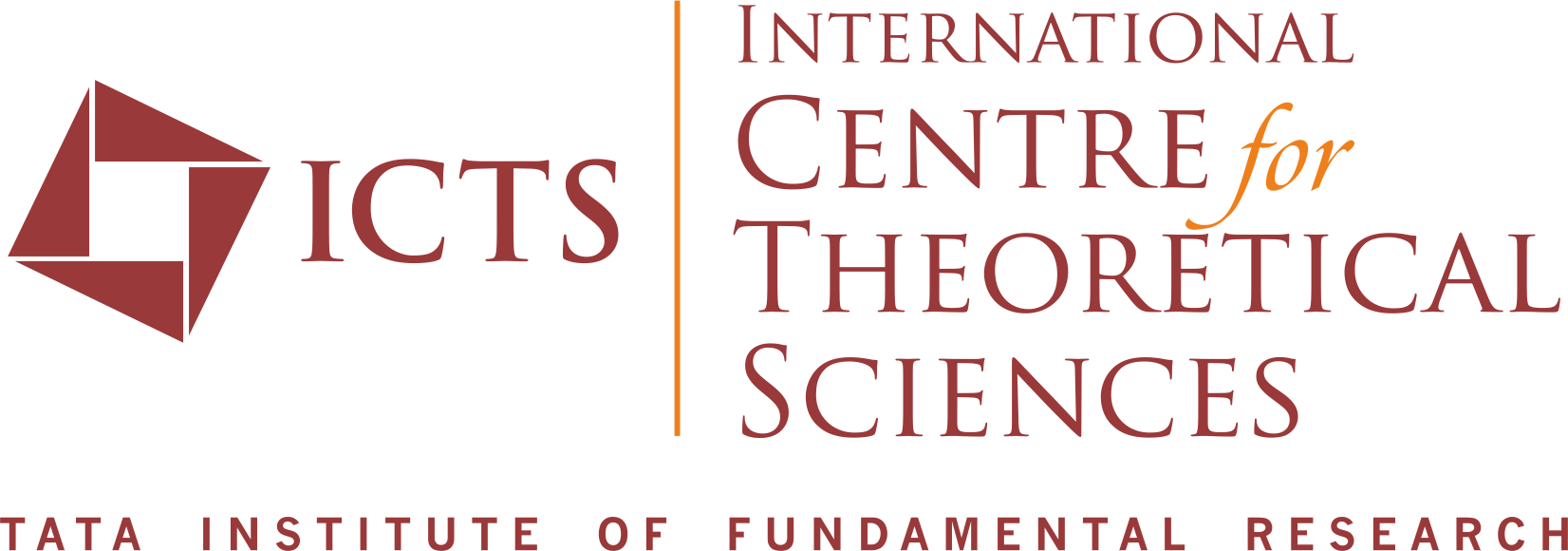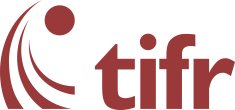Monday, 24 August 2020
It is known that lot of knot complements admit hyperbolic geometric structure. A hyperbolic 3-manifold is called tetrahedral if it admits a decomposition in ideal regular tetrahedra. A link in a sphere is called tetrahedra its complement is tetrahedral manifold. We will present enumeration of tetrahedral 3-manifolds up to 25 tetrahedra and examples of tetrahedral links. Also, we will discuss volumes of these manifolds. The basic references is: E. Fominykh, S. Garoufalidis, M. Goerner, V. Tarkaev, A. Vesnin, A census of tetrahedral hyperbolic manifolds, Experimental Mathematics, 2016, 25(4), 466-481. Preprint version is available at arXiv:1502.00383.
For hyperbolic 3-manifolds and hyperbolic links we recommend J. Ratcliffe, Foundations of hyperbolic 3-manifolds. Springer-Verlag, 1994.
Quandles are generally non-associative algebraic structures whose axioms are motivated by Reidemeister moves on knot diagrams. We start by reviewing quandles and then explain their cohomology theories and some knot theory applications. Precisely, we will show how 2-cocycles and 3-cocycles can be used to give quandle cocycle invariants of knots in 3-space and knotted surfaces in 4-space respectively. Quandles rings have been investigated recently in parallel to the classical theory of group rings by Bardakov-Passi-Singh. We will discuss some of their works on this subject. The talks will be accessible to students.
Tuesday, 25 August 2020
Virtual knots are subject of intensive study in two last decades. We will introduce a construction of families of polynomial invariants of virtual knots which are generalizations of Kauffman’s affine index polynomial. We will discuss their properties and applications to the problem of cosmetic crossing change and to distinguishing of positive mutations. The basic reference is: K. Kaur, M. Prabhakar, A. Vesnin, Two-variable polynomial invariants of virtual knots arising from flat virtual knot invariants, Journal of Knot Theory and Its Ramifications, 2018, 27(13), paper number 1842015, 22pp. Preprint version is available at arXiv:1803.05191.
Quandles are generally non-associative algebraic structures whose axioms are motivated by Reidemeister moves on knot diagrams. We start by reviewing quandles and then explain their cohomology theories and some knot theory applications. Precisely, we will show how 2-cocycles and 3-cocycles can be used to give quandle cocycle invariants of knots in 3-space and knotted surfaces in 4-space respectively. Quandles rings have been investigated recently in parallel to the classical theory of group rings by Bardakov-Passi-Singh. We will discuss some of their works on this subject. The talks will be accessible to students.
These talks will introduce virtual knot theory, its relationships with classical knot theory, with knotoids and with topological graph theory. We will discuss invariants of virtual knots including the bracket polynomial, the arrow bracket polynomial, the Manturov parity bracket, the affine index polynomial and Khovanov homology for virtual knots and links. We will also discuss virtual link cobordism and its relationships with these invariants.
Wednesday, 26 August 2020
This is a short introduction to algebraic theory of quandles. We give definition and examples of racks and quandles; describe some their properties. Also, we consider extensions of quandles, groups which connect with quandles: group of inner automorphisms, full group of automorphisms, adjoint group. Prove the theorem of Joyce-Matveev, which says that any quandle cam be constructed from some group and a family of its subgroups. We give description of free quandles and some their quotients such as free abelian quandles, involutory quandles. Explain connection of quandles with set-theoretical solution of the Yang-Baxter equation.
Skein modules were introduced in 1987 by Józef H. Przytycki as generalisations of the various polynomial link invariants in $S^3$ to arbitrary $3$-manifolds. Over time they have evolved into one of the most important objects in knot theory and quantum topology having strong ties with algebraic and hyperbolic geometry, quantum cluster algebras, and the Witten-Reshetikhin-Turaev Topological Quantum Field Theories, to name a few. In this talk we will give the audience a tour of the development of the various kinds of skein modules, focusing primarily on the Kauffman bracket skein module.
Introduction to Khovanov homology: from enhanced Kauffman states to applications of the long exact sequence of homology.
Thursday, 27 August 2020
This is a short introduction to algebraic theory of quandles. We give definition and examples of racks and quandles; describe some their properties. Also, we consider extensions of quandles, groups which connect with quandles: group of inner automorphisms, full group of automorphisms, adjoint group. Prove the theorem of Joyce-Matveev, which says that any quandle cam be constructed from some group and a family of its subgroups. We give description of free quandles and some their quotients such as free abelian quandles, involutory quandles. Explain connection of quandles with set-theoretical solution of the Yang-Baxter equation.
This is an introduction to braids in knot theory. It includes, geometric and algebraic definitions of braids, the pure braid group and representations of the braid group to the permutation group, a graphical method of computing braid words, Artin automorphisms on the free group, racks and quandles and their automorphisms induced by braids.
In this series of two talks we will introduce ideas, tools and examples in hyperbolic knot theory. In the first talk we will review basic hyperbolic geometry in dimensions two and three, important structure theorems for hyperbolic 3-manifolds and ideal tetrahedra which are building blocks for hyperbolic 3-manifolds. In the second talk we will discuss ideal triangulations, gluing equations, Thurston's Dehn surgery Theorem and give explicit examples of hyperbolic knots and links. We will also see computational tools like SnapPy to study and compute geometric invariants of hyperbolic knots and 3-manifolds.
We start from naive invariants of arc colorings and survey associative and distributive magmas and their homology with relation to knot theory. We outline potential relations to Khovanov homology and categorification, via Yang-Baxter operators. We use here the fact that Yang-Baxter equation can be thought of as a generalization of self-distributivity. We show how to define and visualize Yang-Baxter homology.
Friday, 28 August 2020
These talks will introduce virtual knot theory, its relationships with classical knot theory, with knotoids and with topological graph theory. We will discuss invariants of virtual knots including the bracket polynomial, the arrow bracket polynomial, the Manturov parity bracket, the affine index polynomial and Khovanov homology for virtual knots and links. We will also discuss virtual link cobordism and its relationships with these invariants.
This is an introduction to braids in knot theory. It includes, Alexander and Markov theorems: how knots can be presented by braids, computation of knot groups from braids, computation of knot quandles from braids, quandle cocycle invariants, 2-dimensional braids.
In this series of two talks we will introduce ideas, tools and examples in hyperbolic knot theory. In the first talk we will review basic hyperbolic geometry in dimensions two and three, important structure theorems for hyperbolic 3-manifolds and ideal tetrahedra which are building blocks for hyperbolic 3-manifolds. In the second talk we will discuss ideal triangulations, gluing equations, Thurston's Dehn surgery Theorem and give explicit examples of hyperbolic knots and links. We will also see computational tools like SnapPy to study and compute geometric invariants of hyperbolic knots and 3-manifolds.


